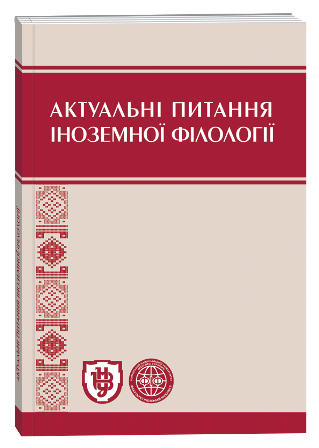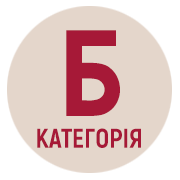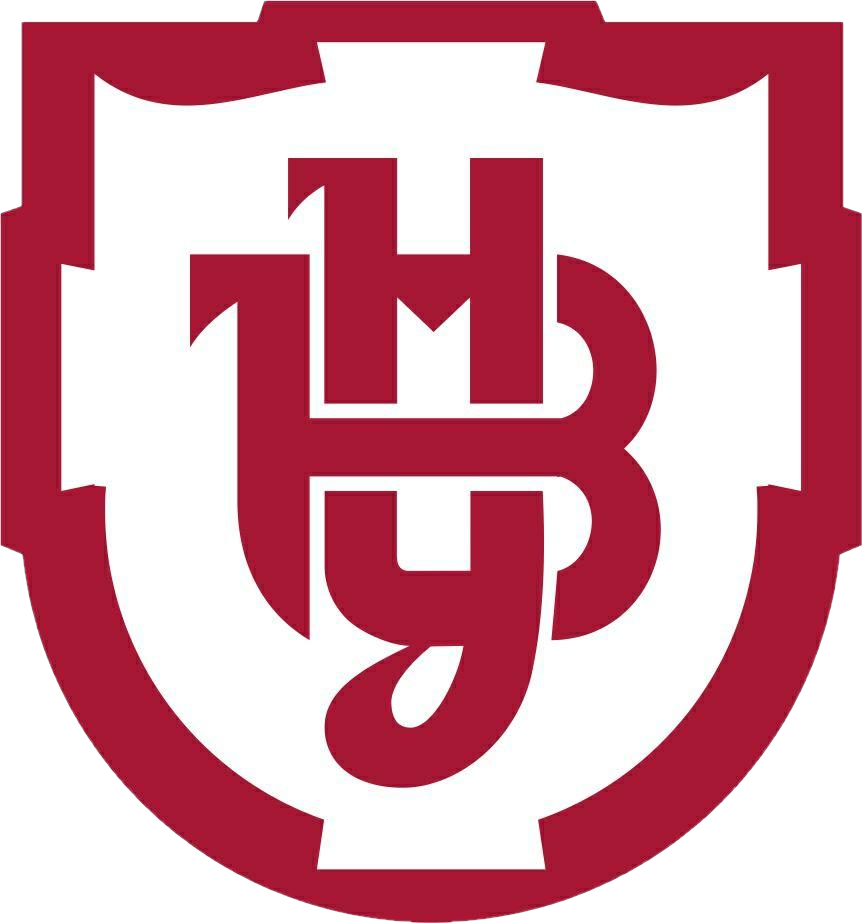CHANGES IN GRAMMATICAL NORM IN MODERN SPANISH LANGUAGE
Keywords:
grammatical norm, correlation between norm and usage, deviation from norm, grammar error, cleanliness of speechAbstract
The article touches upon the problems of changing grammatical norm occurring in contemporary Spanish under the influence of various factors (internal and external) and their interpretation by linguists and the newest grammar editions. It has been pointed out the need to revise the attitude towards a deviation from the norm and to a grammatical mistake, especially in the case of the phenomena in respect of which scientists haven’t reached agreement yet. In connection with the testing of knowledge (introductory tests for universities, introductory tests for the magistracy, university disciplines tests), there may be misunderstandings about the corrected errors. There is a need to determine which deviations are considered false, which are already normalized, and especially those that are bounded by the norm. The attention is focused on the question of how to correlate that are not norm yet, but commonly used linguistic phenomena, with mistake. It is noted that recently, in teaching Spanish as a foreign language, the emphasis has shifted from written speech to oral, more affective and expressive, but where deviations from the normare even more. One of the reasons is the usage of the Internet. The language is realized today, first of all, as one of the means of communication. It is noted that a large number of scientists recently noted the convergence of literary norms with spoken language, the growth of the variability of linguistic means within the norm, its greater democratization and liberalization, mitigation of the norm by mitigating its prescriptive function, which in modern Spanish grammar is designated as “serecomiendaevitar” (recommended not to use). Attention is drawn to the fact that the situation with the grammatical norm in Spain is further complicated by the fact that it is a country formed of regions, each of which speaks its own language or dialect, which does not contribute to consolidating a single norm in the country. On the defense of the unity of the linguistic norm there is a very conservative Grammar of the Spanish Royal Academy. Although in its last editions attention is focused on polycentrism of the Spanish linguistic norm. The ba cklog of grammatical publications from the fixation of the usage phenomena as normative on the example of the use of Gerund in the attributive function (the Spanish grammarians call it incorrect), in the modern codified professiona l university norm, where it even substantiates: el / la doctorando ( a) (doctoral student), is used in the documents and thematic words to the Higher Education section in the textbook for preparing for the exam on the Spanish as a Foreign Language (DELE) level C1.
References
Балли Ш. Общая лингвистика и вопросы французского языка / Ш. Балли ; пер. с фр. Е. В. Вентцель, Т. В. Вентцель. – М. : Изд-во иностр.лит., 1955. – 416 с.
Богданова-Бегларян Н. В.Aгрессивный узус или эволюция языка / Н. В. Богданова-Бегларян // Верхневолжский филологический вестник. – Ярославль, 2015. – №1. – С.25–28. 3. Бойко Л. Б. Язык изломан? Что ж! – Глядите / Л. Б. Бойко. – Режим доступа : https://cyberleninka.ru/ article/n/yazyk-izloman-chto-zh-glyadite-o-nekotoryh-aspektah- regulirovaniya-v-yazyke.
Гак В. Г. Теоретическая грамматика французского языка : учебн. пособ. для вузов / В. Г. Гак. – М. : Добросвет. – 2000. – 832 с.
Ицкович В. А. Очерки синтаксической нормы / В. А. Ицкович. – M. : Наука – 1982.– 199 c.
Косериу Э. Синхрония, диахрония и история (Проблема языкового изменения) / Э. Косериу // Новое в лингвистике. – М. : Изд-во иностранной литературы, 1963. – Вып. 3. – С. 143–343.
Крысин Л. П. К соотношению системы языка, его нормы и узуса / Л. П. Крысин // Коммуникативные исследования. – 2017. – № 2 (12). – С. 20–31.
Фирсова Н. М. Испанская разговорная речь / Н. Фирсова. – М. : Наука. – 1999. – 406 с.
Alarcos Llorach E. Gramática de la lengua española. Real Academia Española. Colecciónde Nebrijay Bello. – Madrid : Espasa, 1999. – 406 p. 10. Borrego J. Elespañolys us variedades dominantes enla Nueva gramática de la lengua española / J. Borrego // En Exploring Linguistic Standards In Non-Dominant Varietiesof Pluricentric Languages / еds. R. Muhr. – 2013. – 484 с. 11. Diccionario panhispánico de dudas / Real Academia Española, Asociación de Academias de Lengua Española. – Madrid : Santillana, 2005. – 2403 р.
Gramática descriptiva de lа lengua española. Real Academia Española. Colección Nebrija y Bello. – Madrid : Espasa Calpe, 2000. – Vol. 1–3. – 5375 p.
Nueva gramática de la lengua española. Real Academia Española; Asociación de Academias Americanas. – Madrid : Espasa, 2010. – Vol. 1–2. – 4032 p.







